Where to live in Amsterdam
Amsterdam has all the benefits, as well as the disadvantages, of a multi-cultural city. There is an excellent choice of cultural, shopping and sporting facilities, but in some areas drug-related crime, poverty and racial tensions are serious problems. Housing prices are low compared with many other same-size European cities, unless you are trying to find somewhere in the old city centre.
In almost all areas there is a mix of architectural styles, from period houses to new, impersonal apartment blocks. Public transport is excellent, with trams, an underground, a light railway and ferries. Forget your car unless you need to travel outside the city and take to a bicycle, but remember to take a sturdy lock and chain. Amsterdam has an excellent website for ex-pats and those who want to do business, work or study in the city: www.iamsterdam.com.
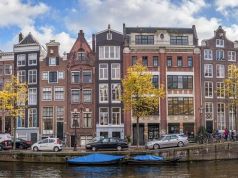
Situated in the west of Amsterdam, the Bos en Lommer quarter offers easy access to both the exit way...
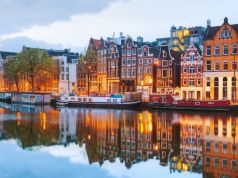
Amsterdams biggest tourist attraction is Amsterdam itself. Millions of tourists line up every year f...
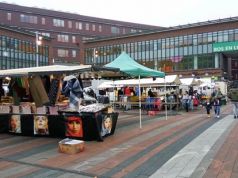
Named after a 17th-century inn called de drie baarsjes (the three basses the fish) de Baarsjes has o...
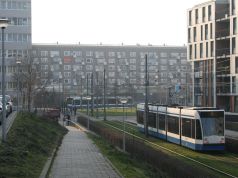
The districts of Geuzenveld, Slotermeer and the similar Osdorp are west of the Bos en Lommer quarter...
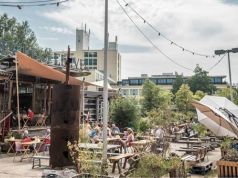
The north of Amsterdam (that is, everything north of the river IJ) also comprises the low buildings...
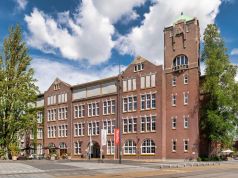
A description of all the buildings in the eastern quarter would be extensive: the small sub-district...
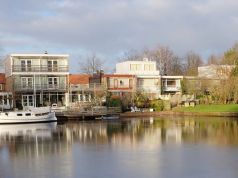
The village of Sloten is 200 years older than Amsterdam, but has now been assimilated by the city....
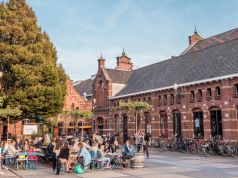
The Westerpark area is named after the big park in the quarter, around the Westergasfabriek, a forme...
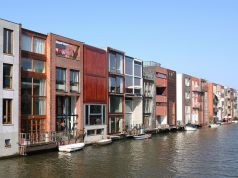
East of the central Station lies Zeeburg. It comprises the Indische Buurt (lit: Indian neighbourhood...
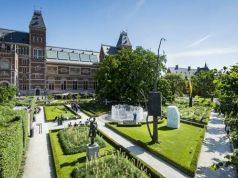
The outermost canal of the centre of Amsterdam is the Singel, and south of that much of whats good a...
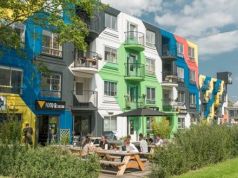
The south-east of Amsterdam is divided in three parts: Bijlmer, Gaasperdam and Driemond. The biggest...







